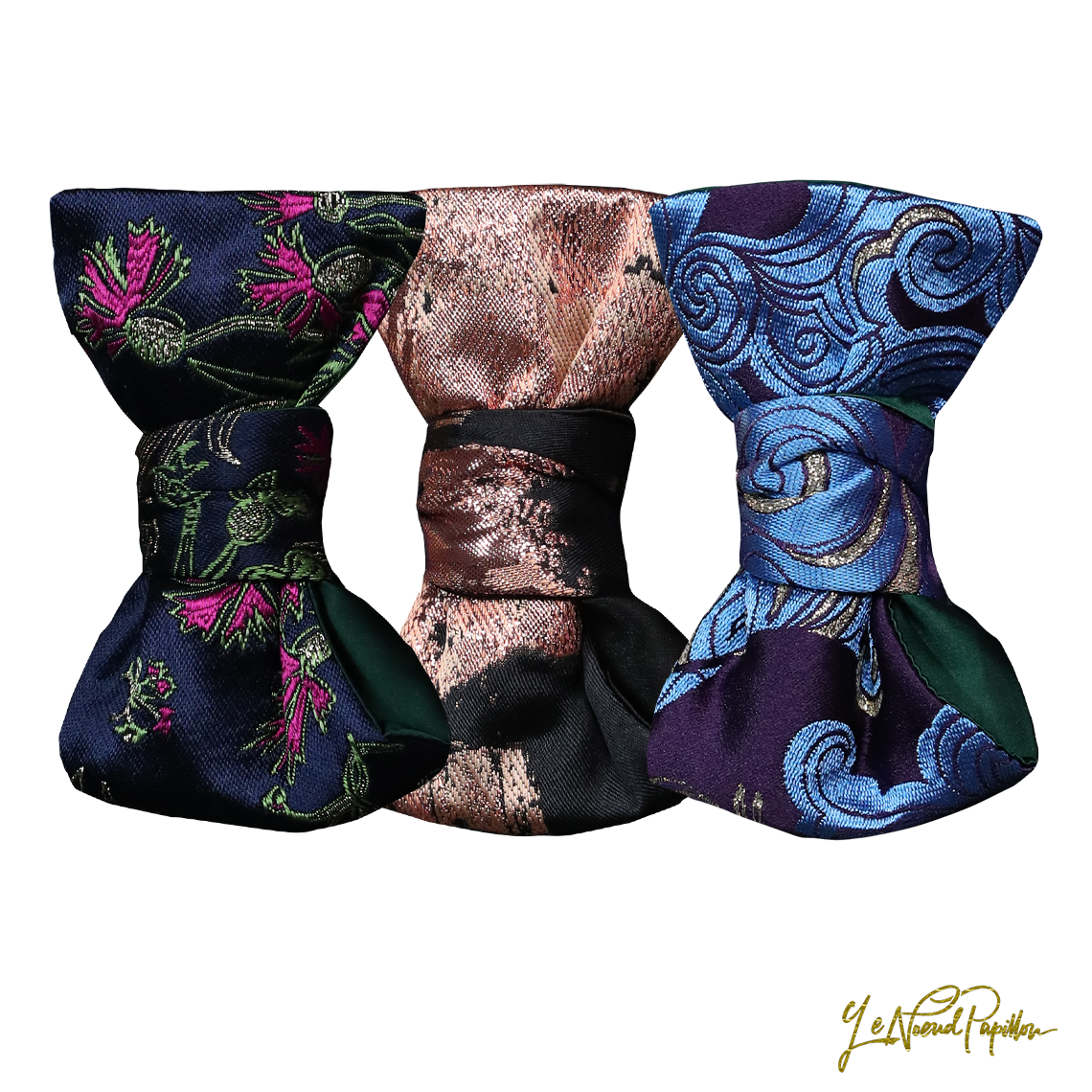Why is it important?
Thread is used to bind seams in industries relating to apparel and footwear, textiles manufacturing, automotive, technology, military, book binding, white goods manufacturing, horse riding saddles, camping and even motor parts. A world without thread would simply mean the world would come undone…
Despite companies such as Nike developing fusing technologies to chemically bond seams in production, thread remains the main way in which human beings bind seams and or make fabrics.
How do we define it?
• Thread is a kind of yarn which is used for sewing
• Yarn is a long continuous length of interlocked fibres
• Thread yarn is used in production of textiles, sewing, crocheting, knitting, weaving, embroidery and ropemaking to name but a few aspects of it’s use.
• Thread is sewn either by hand or by machine.
• Thread is either natural or synthetic .
• Animal fibres include alpaca, angora, mohair, llama, cashmere, silk, cat, dog, ostrich and turkey.
• Other naturally occurring fibres are bamboo, cotton, soy, corn, hemp and reeds.
• Synthetic fibre examples are nylon, polyester, rayon, viscose. Generally we refer to synthetic fibres as ‘acrylics’.
• Blending fibres in thread will add different qualities such as strength, lustre, elasticity, warmth, softness.
• The most commonly blended thread is cotton with polyester and wool with acrylic.
• Some of the most recent advances are fibre optic threads for transferring data, Kevlar threads for making bullet proof clothing and fire-retardant threads for production in things such as mattresses.
Threads have been around since the upper paleolithic times (late stone age, from 50,000 to 10,000 years ago). The first needles were thorns, the first threads were made of naturally occurring threads such as bamboo, hemp or reeds.
What happens when you create a thread?
The first thing you need to do is spin the thread. The act of spinning thread was one of the first processes to be industrialised. Once the thread has been spun it forms what is called ‘singles’. The singles are then twisted together to form plies. Depending on which direction it is twisted, it either forms an S or a Z twist.
Another type of thread offered is from filament yarns. Filament yarns are made up of filament fibres which are long continuous fibres which are either grouped together or twisted together. The best naturally occurring filament fibre is silk. Longer fibres also create a smooth lustre to fabric.
Yarn is usually sold in skeins, the most common sizes are 25g, 50 grams or 100 grams. However, many companies sell thread yarn on bobbins. Generally speaking the bobbins are measured in yards with the measurement to work out the size of the thread using the Gunze count.
The Gunze Count is broken up into two measurements. Here is an example:
60 /3 – the first measurement 60 refers to the number of kilometres of thread to make up 1 kilogram of weight. The second number, 3, is the number of plies that have been twisted together.
By this rationale, a high value means a light weight thread for use in say making a shirt, whereas a low value is a thicker thread used for decorative stitching, upholstery or shoe making.
Two companies to note in the thread industry are Coats and Gutterman.
Gutterman started in 1864 in Vienna by Max Gutterman who took the off cuts of silk production and began turning it into thread. Today it is one of the most famous thread companies in the world creating thread in a wide variety of forms. From the 1950’s onwards they began trialling synthetic (acrylic polyester) thread and today the company mostly produces thread using synthetics. Whilst cotton and silk are still available, they are not as common as they once were. Some threads are made using blends such as cotton and polyester. This gives strength and especially when mercerized, it also gives a fancy lustre finish.
Max Gutterman is also said to be the first person to sell thread by length in yards as opposed to by weight. This began at the 1873 World Exhibition in Vienna.
Another famous company for making thread in the world is Coats. Coats was originally started by the Clark family in 1755 when they began to spin cotton into thread. The Clarks and the Coats families were from Paisley in Scotland. Eventually the two companies merged. During it’s heyday, Paisly was synonymous with fabric and the birthplace of the famous print which originated from the East.
Until the rise of Napoleon in the early 1800’s, there was no real demand for cotton thread or any thread other than silk. Nearly all of this thread came from the East. The Napoleonic wars disrupted the transportation and sale of silk thread. This was the beginning of the move away from silk thread to other fibres. During this period the sale of silk thread on the English black market reached feverish prices for those willing to risk the leg work to get from France to England. A reel of silk thread was as much as two days worth of pay for a worker.
The conclusion of WWII and the rise of polymer technology meant that from the 1950’s onwards synthetic threads (acrylics) would see the demise of the demand for silk thread. Today the most commonly sold thread is cotton-polyester and the industry is pushing a lot of nylon/polyester core thread with a cotton exterior. This kind of thread gives strength and durability for garment making and the ability for sewing machines to work at high speeds without breaking the thread strand, increasing efficiency in manufacturing.
 |
| Thread being spun |
 |
| Silk Thread - reading the Gunze count at the top this is 30/3 silk thread meaning that there is 30 kilometres of thread in length per kilogram of weight and it is a 3 ply thread. |

No comments:
Post a Comment